Why Pressure Sensor Need Oil Filling?
The MEMS die is the core, the performance will be affected if it directly contact the medium such as water, oil and air, and the life span may even be shortened. Therefore, the MEMS die needs to be protected by a packaging process to avoid the influence of the measurement medium, and it is required to be able to transmit pressure to the MEMS die.
How to Fill the Oil into A Pressure Sensor?
In the process of production and packaging, isolated packaging is the most commonly used packaging method for pressure sensors. It refers to isolating the MEMS die of the pressure sensor from the measured medium. The stainless steel corrugated diaphragm is one of the important components for isolation. The encapsulated pressure sensor has a wide range of applicability. It can measure the pressure of ordinary fluid media, and can also measure pressure in corrosive media environments, such as strong acid or strong alkali gas or liquid. The isolated packaging processes are as follows:
① Fix the pressure-sensitive die on the hermetically sealed sensor package.
② Electrically connect the pressure-sensitive die and the hermetically sealed sensor package tube leg with gold wires.
③ Use laser welding technology to weld the hermetically sealed sensor package and the stainless steel corrugated diaphragm to form a closed cavity.
④ After filling the cavity with the purified silicone oil, it is sealed by pressure welding with pins to form an isolated metal packaging structure.
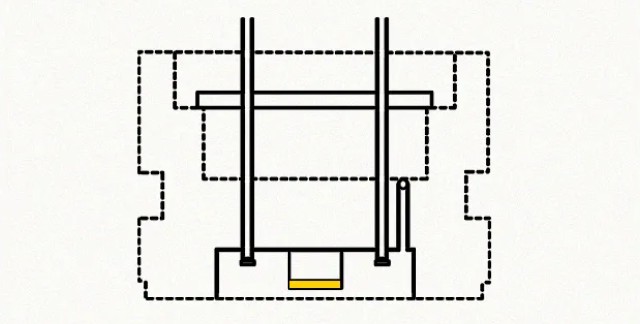 | 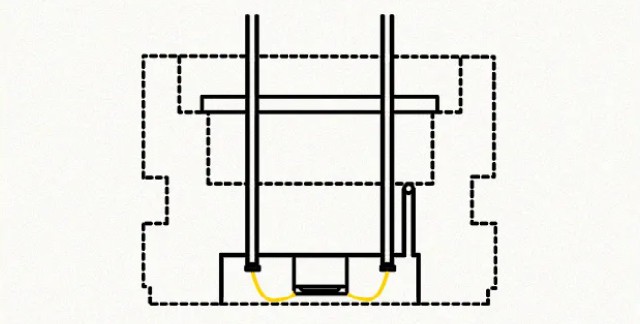 | 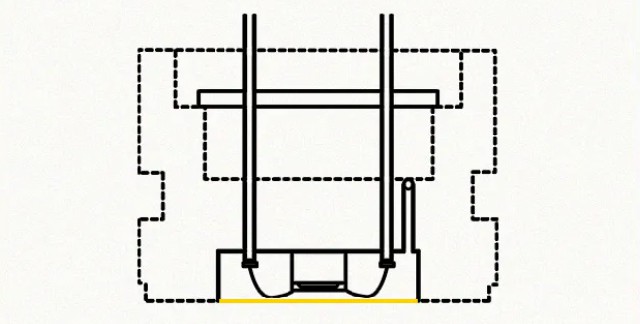 | 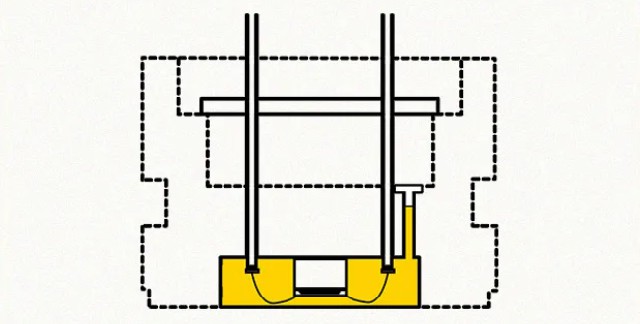 |
| ① | ② | ③ | ④ |
When the sensor receives the pressure of the external medium, the stainless steel corrugated diaphragm elastically deforms under the pressure of the measured medium. The silicone oil in the sealed cavity is squeezed, and the squeezing force is transmitted to the MEMS die. After the MEMS die is elastically deformed, the pressure signal is converted into an electrical signal, and it is conducted to the pin of the hermetically sealed sensor package through the gold wire to be transmitted. Therefore, the oil filling plays an important role in the pressure transmission process of the pressure sensor, and it is necessary to ensure that the pressure can be almost transmitted to the MEMS die without loss.
What Oil is Generally Used for Oil Filled Pressure Sensors?
The oil filled in the pressure sensor is generally dimethyl silicone oil, which is also known as methyl silicone oil or simethicone, which is a colorless, transparent, viscous liquid, tasteless, odorless, and non-toxic. The long-term working temperature range is -50~180℃ and can be used for a long time at 200℃ under the isolation of air or in inert gas. It has excellent chemical stability and can be widely used in insulating, heat-resistant, moisture-proof fillers, high-efficiency defoamers, mold release agents, lubricants, and surface treatment agents. Types of silicone oil pressure sensors from MICROSENSOR:
✅ Gauge & Absolute & Sealed Pressure Sensors – Oil isolates the sensing element from external media.
✅ Differential Pressure Sensors – Two diaphragms with silicone oil transmit pressure differences.
✅ Submersible Level Sensors – Used in underwater environments.
However, when measuring oxygen/hydrogen, the universal simethicone oil is more prone to burns and explosions during use due to its characteristics. At this time, fluorocarbon oil is usually used for filling. The main component of fluorocarbon oil is chlorotrifluoroethylene, which has the key characteristics of high thermal stability, low compressibility, non-polarity, chemical inertness(high chemical resistance), and non-flammability. Within the viscosity range, fluorocarbon oil is compatible with strong oxidants such as chlorine, oxygen, and hydrogen peroxide, which can effectively prevent the reaction of oil-filled and gases, avoid explosions, improve the safety level, and greatly reduce the economic and time loss caused by maintenance or replacement. Micro Sensor offers oxygen measurement or hydrogen measurement pressure sensors, such as MPM280Au Hydrogen Pressure Sensor, M20FL Pressure Transmitter for Oxygen Measurement, and MDM4901FL Differential Pressure Transmitters for Oxygen Pressure Measurement. Their shells are filled with fluorocarbon oil. In addition, we produce them in an oil-free process during production, and an oxygen-level cleaning process, so they can be used in places involving oxygen pressure measurement, such as factories and hospitals.
So much about the oil filling of the pressure sensor today. Micro Sensor specializes in the design and manufacture of tailored oil-filled pressure sensors to meet the unique needs of various industries. If you want to know more details, please contact us via sales@microsensor.cn or leave a message below. Our sales engineers are ready to provide you with professional measurement solutions.
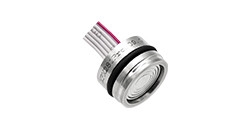
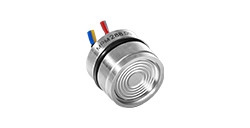
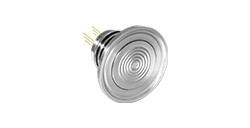
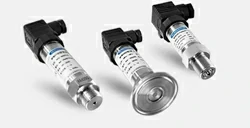
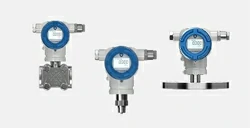
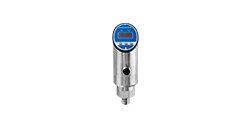
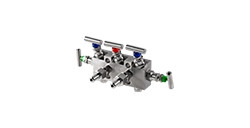
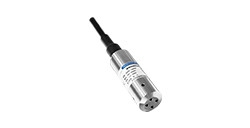
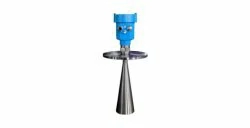
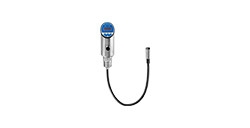
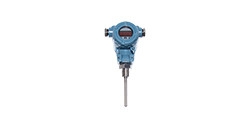
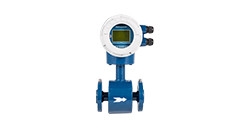
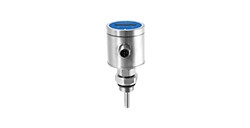
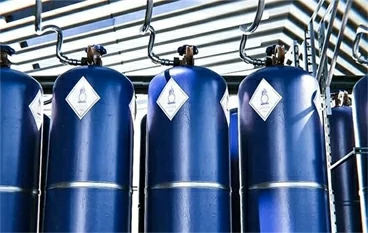
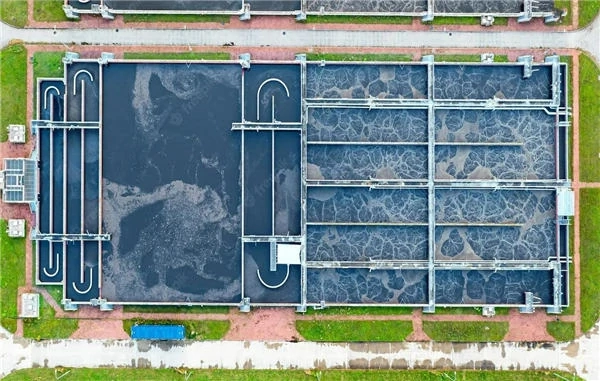
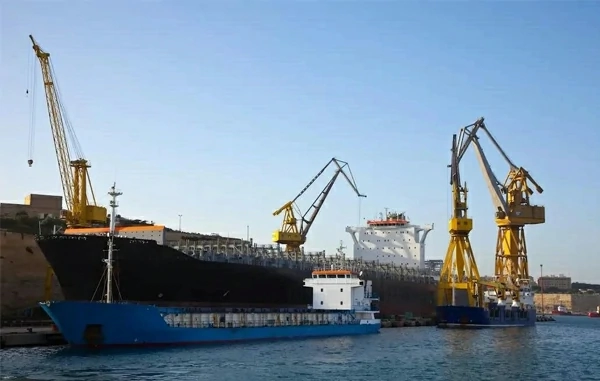
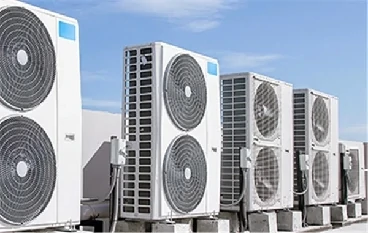
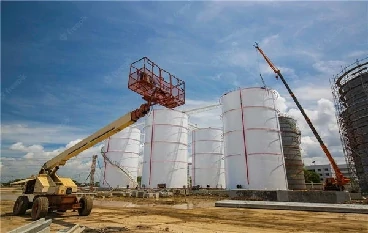

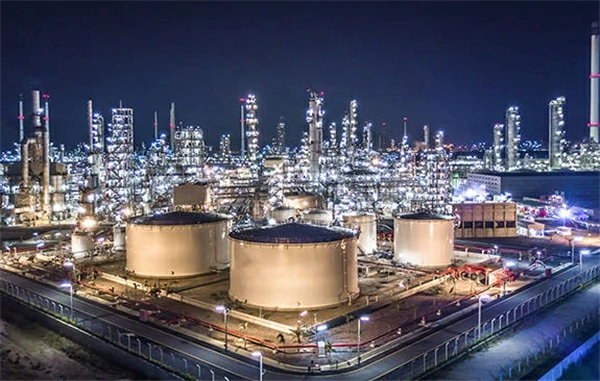
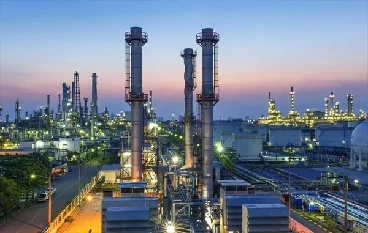

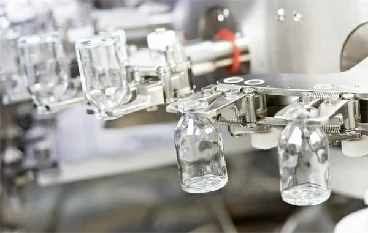
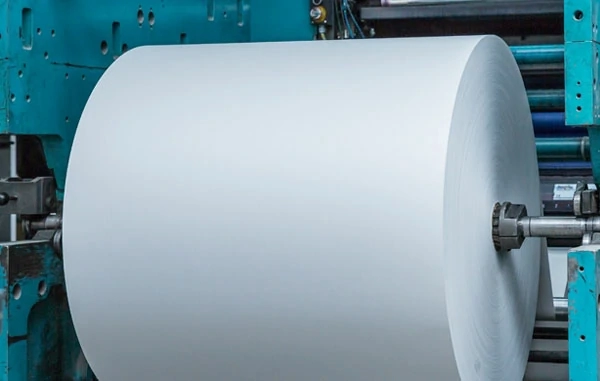
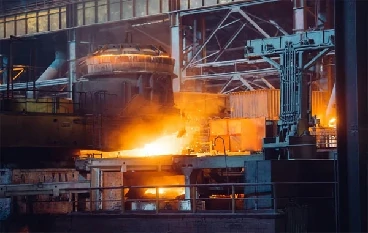


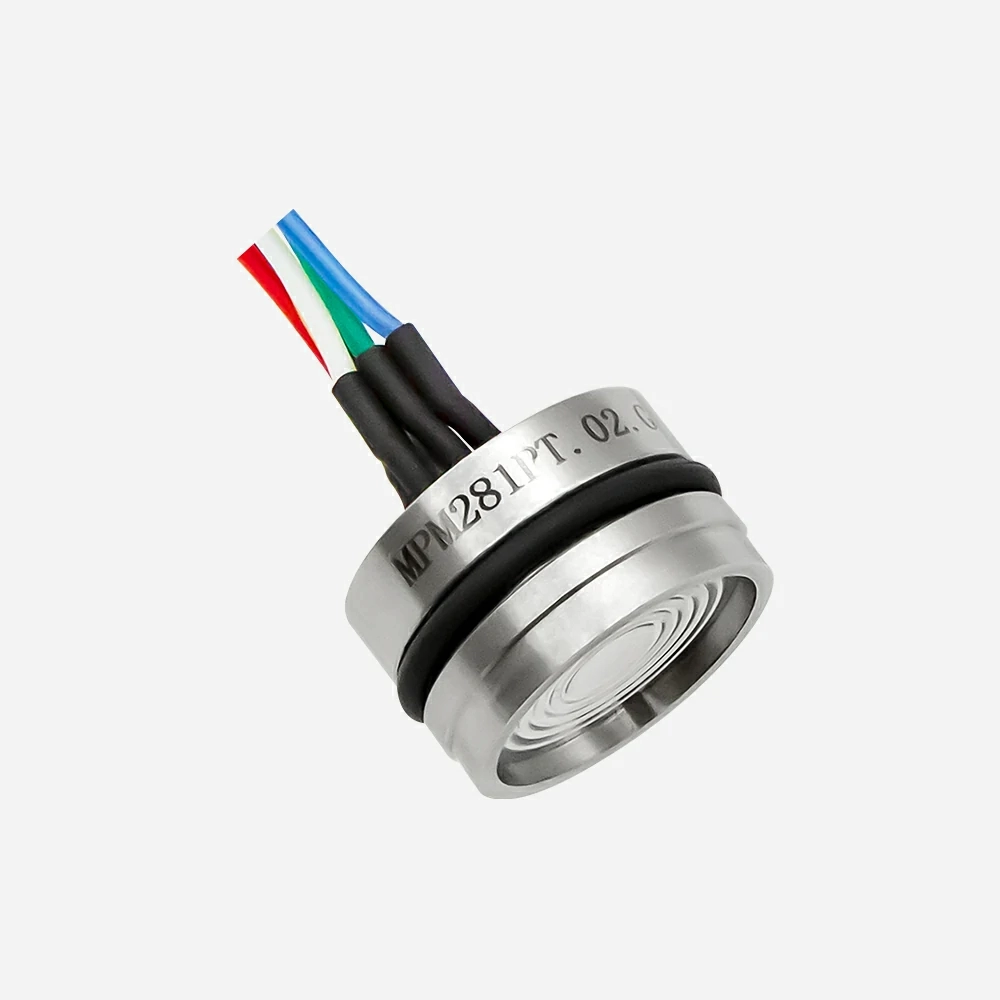
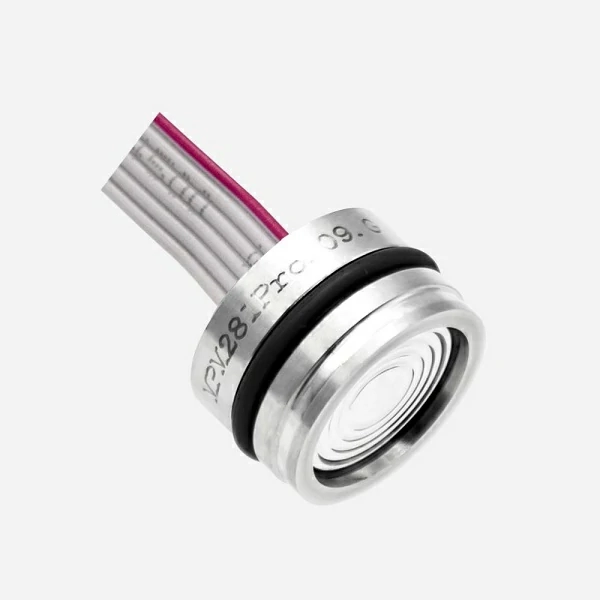
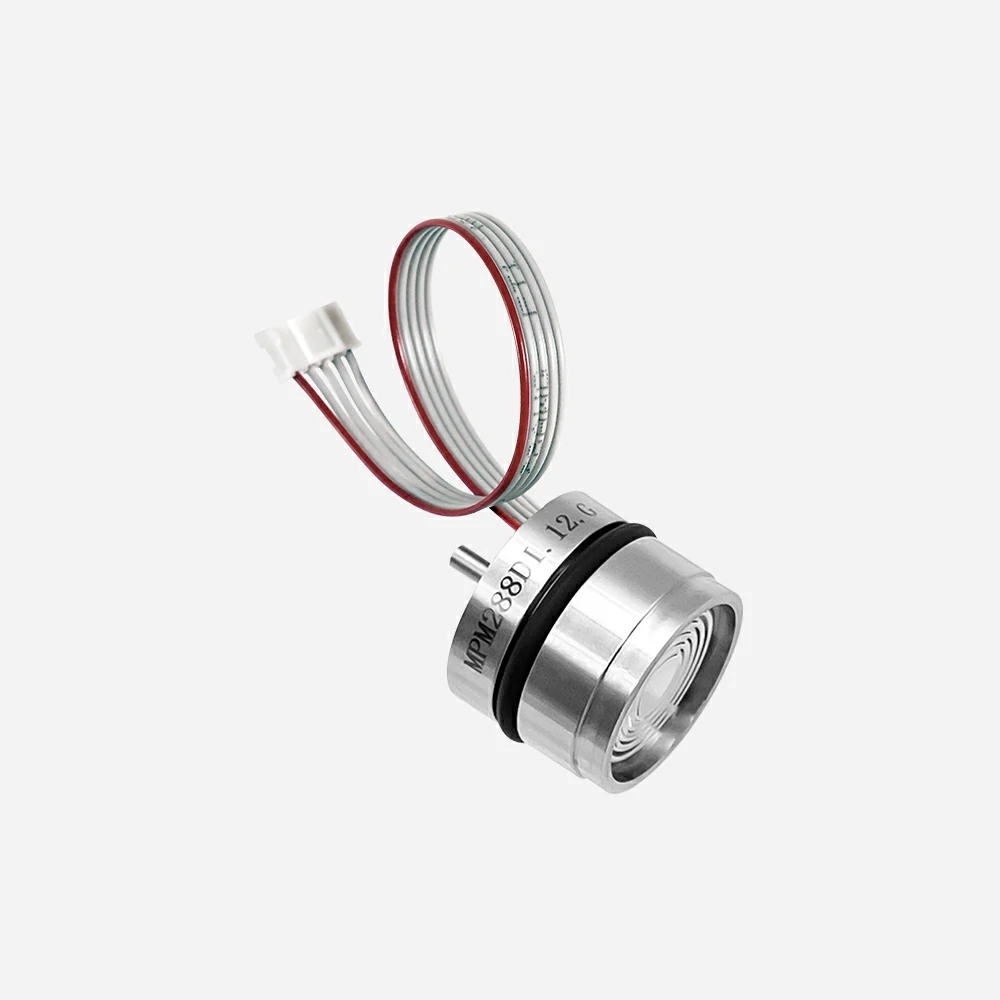
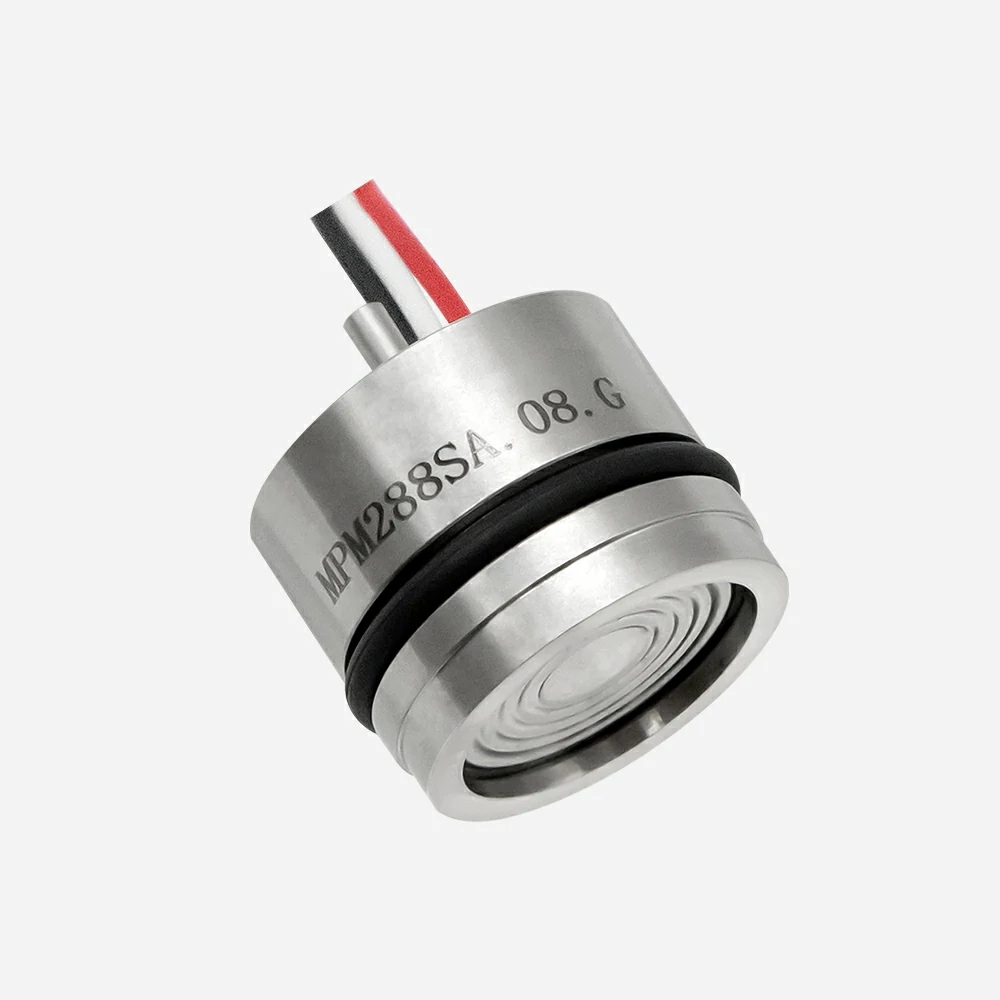
 Copyright © 2026 MICRO SENSOR CO., LTD
Copyright © 2026 MICRO SENSOR CO., LTD